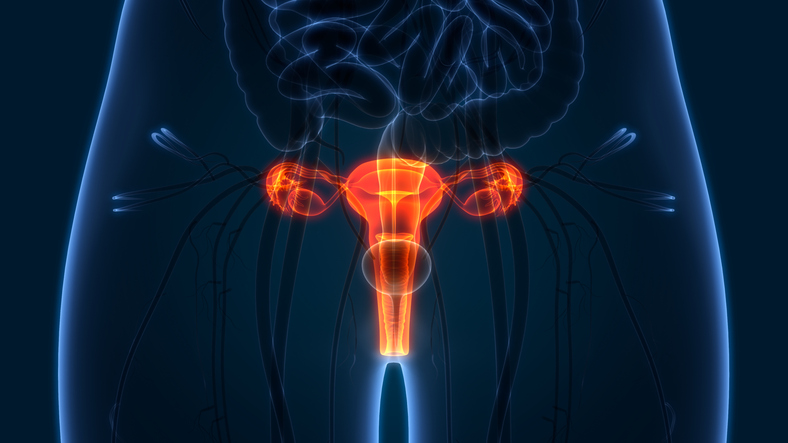
One third of the most popular articles on cancer treatment posted on social media contain misinformation, according to a new study from the Journal of the National Cancer Institute.
The study was led by Skyler Johnson, MD, of the Huntsman Cancer Institute, and assistant professor of radiation oncology at the University of Utah. Dr. Johnsons’ interest in this subject stems from conversations with his own patients, where he noted that patients often came to him with questions regarding articles they saw posted on social media.
“Having cancer is a unique and vulnerable situation. Patients are dealing with a new disease. They want to feel in control over their own health and do everything possible to maintain hope,” said Dr. Johnson.
“They experience a deluge of new information as they are diagnosed, including through social media. Some patients seek out information, and some information is shared with patients by well-intentioned family and friends.”
Identifying Harmful Misinformation
For this study, Dr. Johnson and colleagues had two cancer experts review 50 of the most popular social media articles on each of the four most common cancers, or 200 articles in total. The experts reported the proportion of misinformation and potential for harm in each article. The researchers utilized a two-sample Wilcoxon rank-sum test to evaluate the association between the proportion of misinformation and the number of social media engagements.
In total, 65 articles, or 32.5%, contained misinformation and 61 articles, or 30.5%, contained “harmful” information. More than three-quarters (76.9%) of articles containing misinformation also contained harmful information.
“We found misinformation is clearly prevalent in cancer articles on social media, and the vast majority of those pieces contain harmful information,” said Dr. Johnson in a press release.
Misinformation Garners More Engagement than Fact
Articles with misinformation garnered a greater median number of engagements compared to factual articles (2,300 versus 1,600, respectively; P = 0.05). Articles with harmful information had a statistically significantly higher rate of engagement than articles considered “safe,” (median, 2,300 versus 1,500; P = 0.007)
The median number of engagements for articles with misinformation was greater than factual articles (median [IQR] = 2300 [1200–4700] vs 1600 [819–4700], P = .05). The median number of engagements for articles with harmful information was statistically significantly greater than safe articles (median [IQR] = 2300 [1400–4700] vs 1500 [810–4700]; P = .007).
“We need to address these issues head on,” said Dr. Johnson in conclusion. “As a medical community, we can’t ignore the problem of cancer misinformation on social media or ask our patients to ignore it. We must empathize with our patients and help them when they encounter this type of information. My goal is to help answer their questions and provide cancer patients with accurate information that will give them the best chance for the best outcome.”
According to Dr. Johnson, the next steps are to identify predictors of misinformation on social media.
“…1/3 of the most popular cancer treatment articles on social media contain misinformation.”
“The vast majority of that misinformation has the potential to harm cancer patients by supporting approaches that could negatively impact the quality of their [treatment/survival]” https://t.co/gM7E8fQYkm
— Timothy Caulfield (@CaulfieldTim) July 22, 2021
Cancer Misinformation and Harmful Information on Facebook and Other Social Media. Huge thanks to renowned cancer treatment & communications experts for working with me on this important project.
Article: https://t.co/4QIdPGmj9l
Press Release: https://t.co/c7I54PNyrh pic.twitter.com/vxBwOTtUTw— Skyler Johnson, MD (@sky__john) July 22, 2021






 © 2025 Mashup Media, LLC, a Formedics Property. All Rights Reserved.
© 2025 Mashup Media, LLC, a Formedics Property. All Rights Reserved.